I often try to reminisce about England in the 1950s and ’60s. Crisp autumn days in the Cotswolds. Narrow village lanes. Classic British motoring. The problem here is that I was born in Canada. In the mid-1990s. The Dictionary of Obscure Sorrows defines this sort of sentiment: Anemoia (noun): Nostalgia for a time you’ve never known.
I belong to a group of young British motoring enthusiasts, and we know this feeling well.

The postwar period in England ushered in the development of small cars that perfectly paired man and machine. The liberty and optimism of this golden era were complemented by the handsome styling and reassuring handling afforded by Little British Cars (or LBCs) – chief among them, the droptop. The period marked the pinnacle of raw, tactile enjoyment that British auto manufacturing could provide, and starry-eyed enthusiasts have been chasing it ever since.
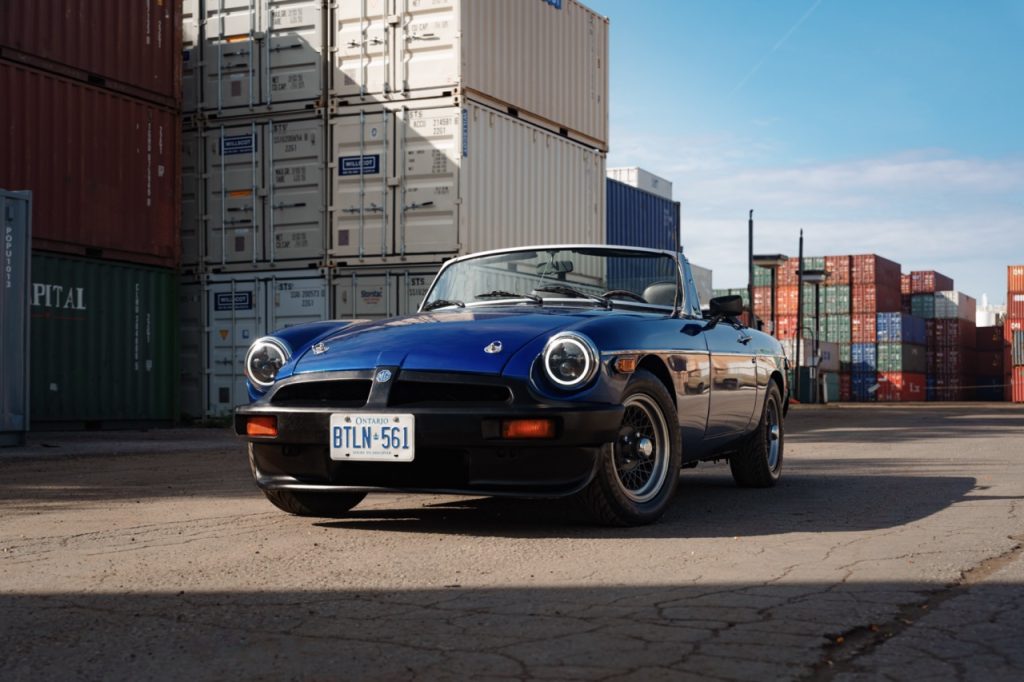
I purchased my blue 1976 MGB in 2014, when I was 19. It was my first car. Originally a Harvest Gold American-market car that had been imported to Canada, this repainted six-owner MG exemplifies the perseverance of British motoring. Locked at 38,609 miles, the odometer stopped working shortly after I bought the B. It’s a five-digit unit that I’m certain has rolled over once, if not twice. The British Leyland Baltimore Dealer business card I found under the ripped and sun-bleached seat, along with a New York State Parks ticket from 1998, alluded to the car’s history of constant use.
I’ve added another 30,000 miles, taking it from Toronto to Pittsburgh, Watkins Glen to Detroit, and Niagara Falls to northern Ontario. When I moved to Toronto from the sleepy suburbs and brought my MGB along with me, I thought I was surely the only person my age masochistic enough to strap on leather gloves and daily-drive a half-century-old oily death trap on some of the most treacherous highways in North America. As it turned out, I was wrong.
Engaging with the car scene on social media, I connected with an entire group of classic car owners who defy the stereotypes of the British car community. This group of millennials and Gen Zers spans North America, from my home in Toronto all the way to Los Angeles. And they don’t just own these old British cars – they drive the snot out of them. Why are a bunch of teens and twentysomethings suddenly so obsessed with an obscure era of obsolete British relics? I reached out to investigate, and a few of them agreed to meet to chat about it.
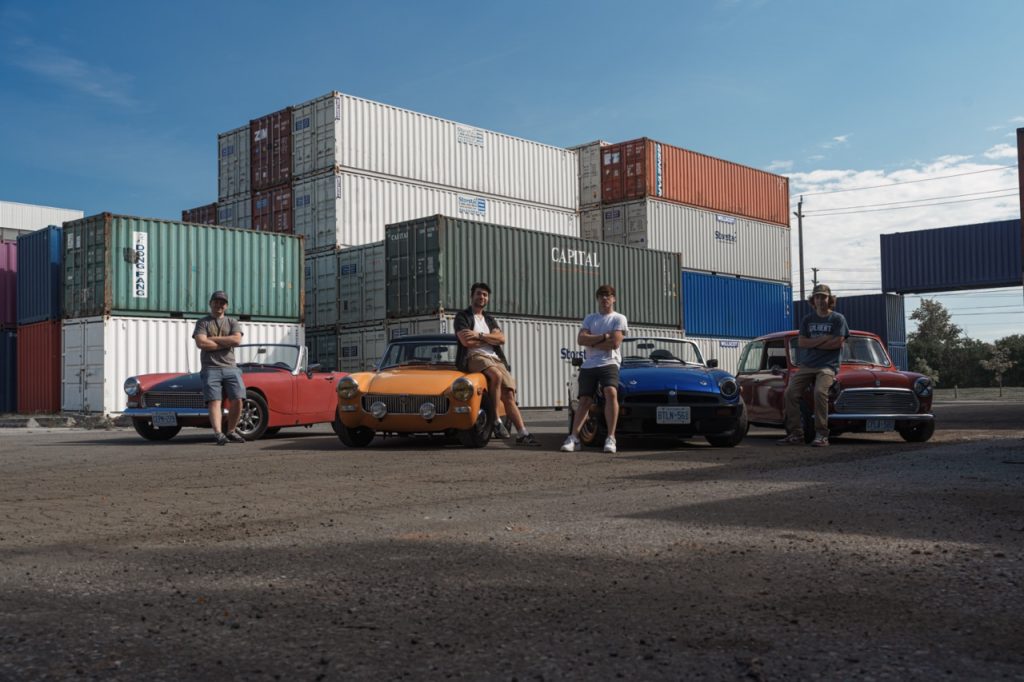
I arrived in my MGB and was soon joined by Jason DeFreitas in his MG Midget, Colin Doust in an Austin-Healey Sprite, and Josh Crawford with his Austin Mini. They arrived late, but only because they’d had to procure some oil for a top off. Which was fine, because it gave me time to tinker with my horn, which had stopped working. We are nothing if not immersed in the British car experience.
Unsurprisingly, one of the first topics was the reliability of our cars. Crawford, age 18, has had the most stereotypical experience. “My car has broken down dozens of times,” he said, undeterred. “But every time it breaks down, I end up learning something and am better prepared for when it breaks down next. It doesn’t stop me from going on long-distance trips.”
Jay Leno defined the classic British car zeitgeist in a single sentence when firing up Moss Motor’s experimental MGB on his web series Jay Leno’s Garage: “Oh, wow, it started!” Leno is no stranger to British automobiles, and in an episode last year, he got behind the wheel of one of his favorite cars of all time – an MGA – owned and restored by 24-year-old enthusiast Daniel Harrison. I got in touch with Daniel, who described the reliability of his 1958 MGA as nearly flawless, though he insists that maintaining these aging English contraptions isn’t always sunshine and rainbows. “Sometimes they’re extremely irritating and uncomfortable, and then occasionally you get a little golden nugget of an experience which sucks you right back in again.” Daniel’s YouTube channel “Limit 55” aims to demystify the classic car experience and portray the honest picture of owning and maintaining vintage cars.
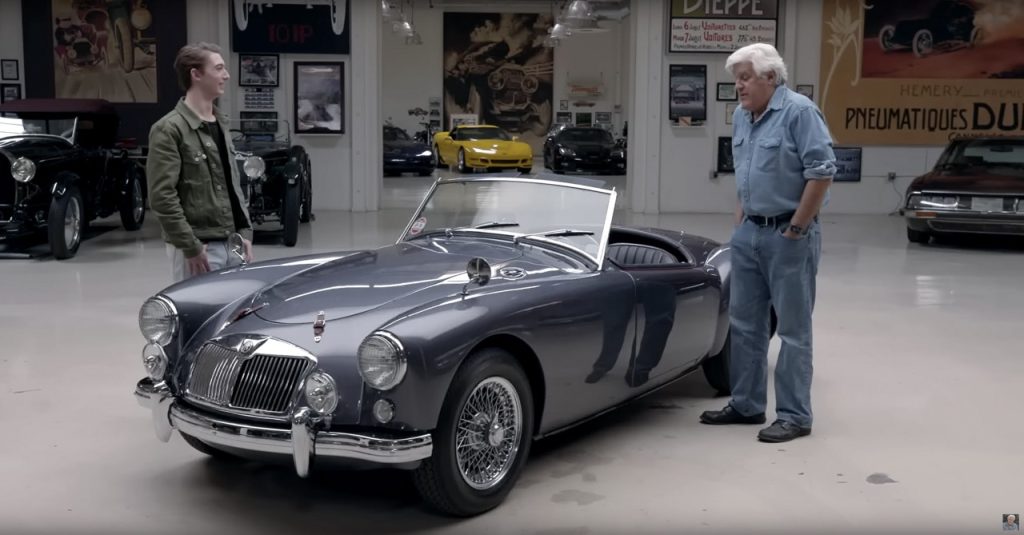
Jason DeFreitas shared a similar sentiment on this double-edged-sword regarding his orange MG Midget. “With 65 horsepower and four gears, having your engine scream at 4500 rpm for an hour gets old. It has also taught me every possible way to get oil out of my driveway. But it is a riot to drive, handles like a go-kart, and makes all the right noises.”
It’s no secret that British cars have a famous reputation for their electrical gremlins and oil stains. The consensus among us was that these cars will always need attention – because they’re old, not because they’re British. There will always be surprises and sometimes even dark days, but their agricultural robustness and their simple serviceability have allowed them to stand the test of time. Ultimately, if you take care of these classics, they will take care of you. Having a roadside assistance plan doesn’t hurt, though.
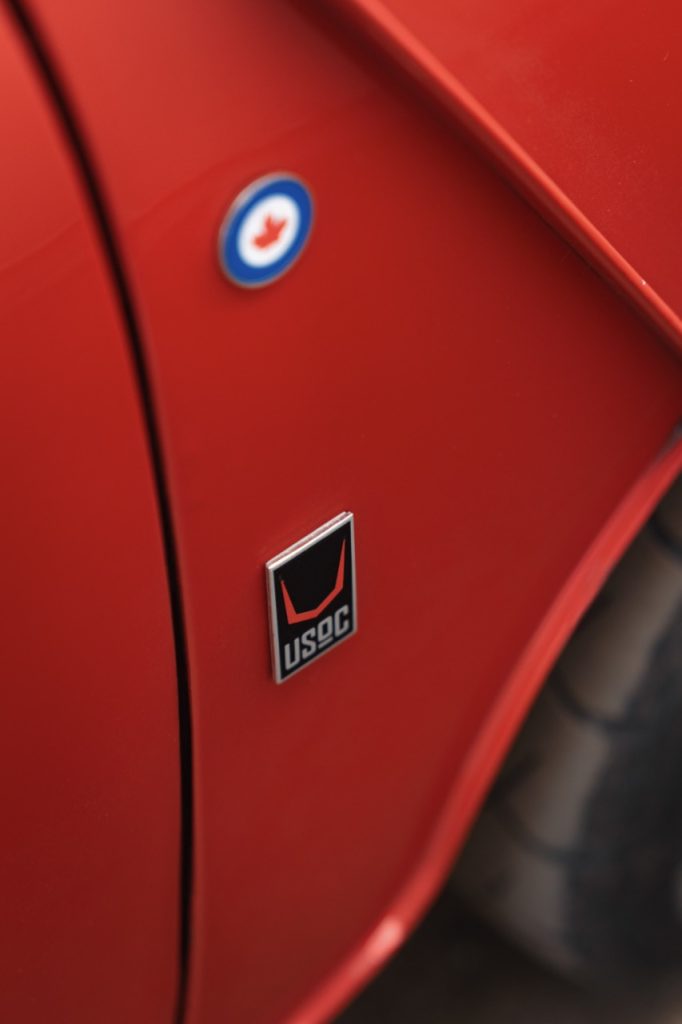
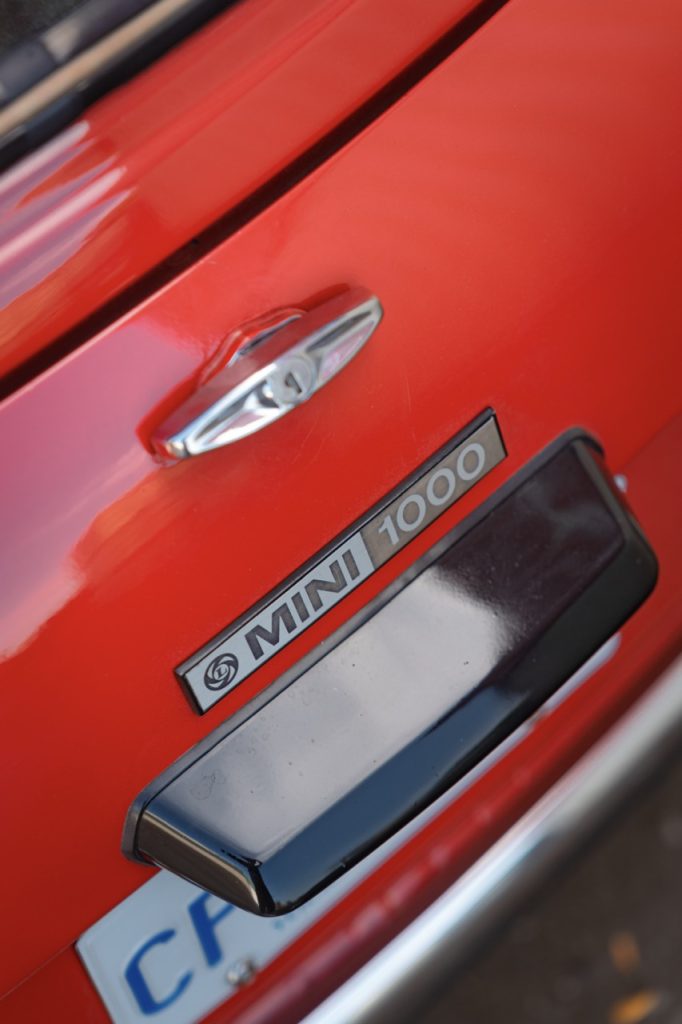
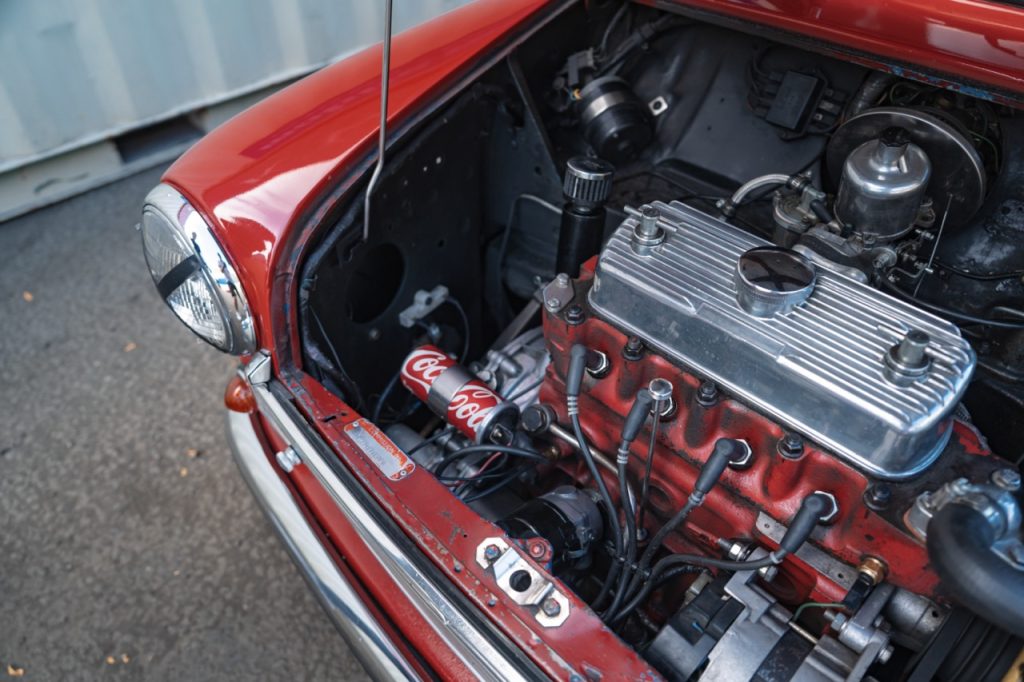
Cars like the MGA and B, the Austin-Healey 100 and 3000, and various Triumphs defined the modern recipe of the nimble, front engine, rear-wheel-drive sports car. Despite their front-drive packaging, you could lump Minis in with them, too. That all of these cars were also affordable endeared them to millions of motorists on both sides of the Atlantic.
Minis, for example, are one of the world’s most popular classic cars. From 1959 to 2000, a mind-boggling 5.3 million were produced, six of which were used in the filming of the Mr. Bean series. MGBs also rank as one of the bestselling classics; from 1962 until 1980, MG produced over half a million of them, and it is estimated that upwards of 15 percent are still on the road today.
In addition to scoring historic victories at Le Mans, Monte Carlo, and the Nürburgring, the MGB was practical, economical, and affordable – the GT version was affectionately dubbed “the poor man’s Aston Martin.” I would put extra emphasis on the “poor” given that having roll-up windows was touted as a groundbreaking feature in sales brochures of the time. Other standard features included an ashtray and steel wheels. But novelty equipment wasn’t what sold these cars. The promise of pure joy sold them.
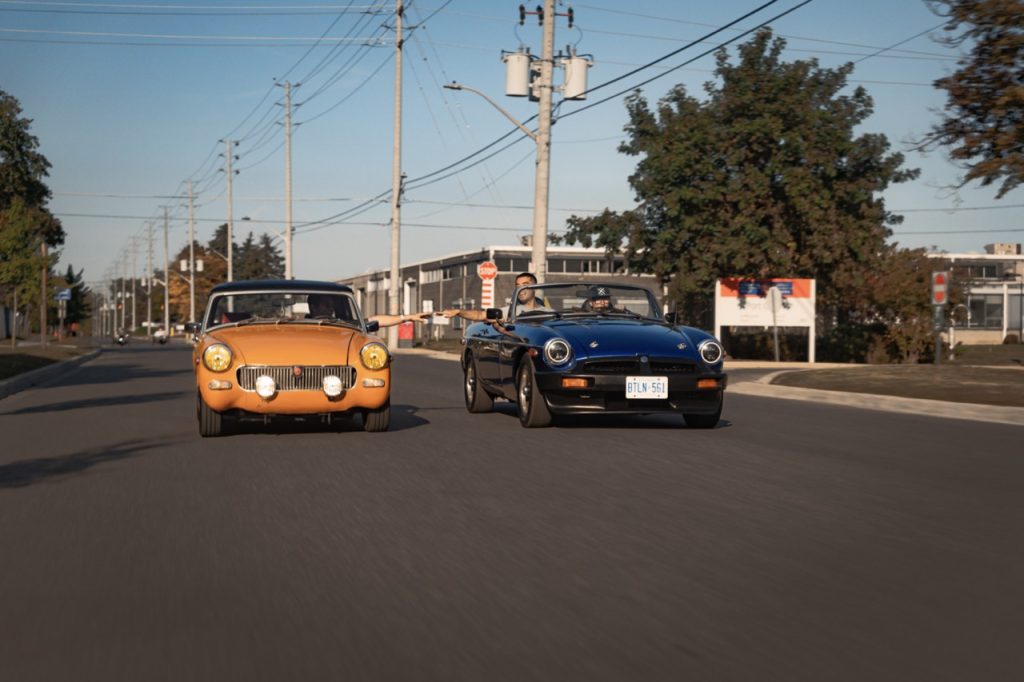
As demand for these Little British Cars wanes, however, so too does membership in many established classic car clubs. Although Colin, Daniel, and I are part of local and national Triumph and MG clubs, new memberships are still failing to offset the loss of old ones. Reassuringly, however, these cars are re-emerging in new circles. When he isn’t studying engineering, Josh can be found attending a number of local car meets and club events, including one at his university. Jason, meanwhile, runs a popular local car club called Northrides Orangeville. His aim is to create an inclusive group “free from idiots and judgmental a-holes” where his MG Midget can be seen alongside JDM classics and Kei trucks, German autobahn cruisers, and various exotics.
Today, the price of car ownership is skyrocketing. Many new vehicles feel out of reach for young people, and many of the previously sensible classics like Mazda Miatas and Datsun 240s are becoming all but unattainable. But not these Little British Cars. The value trend lines for MGAs and Bs, Midgets, Minis, and Spitfires have generally remained flat over the last decade. That’s great news for the money-strapped youth of the world.
Even better, these cars can be serviced and even rebuilt with the most rudimentary of hand tools. A half-inch wrench and a screwdriver can fix most things, and every single part for these cars is readily available—and largely affordable, though most parts seldom need replacing at all. In fact, the overall simplicity of these LBCs – MGB shock absorbers are based on 100-year-old compact hydraulic lever arms that can be serviced rather than replaced – helps keep more of them on the road. Putting miles on these cars comes easy when maintenance costs are low and fuel consumption is that of a lawnmower.
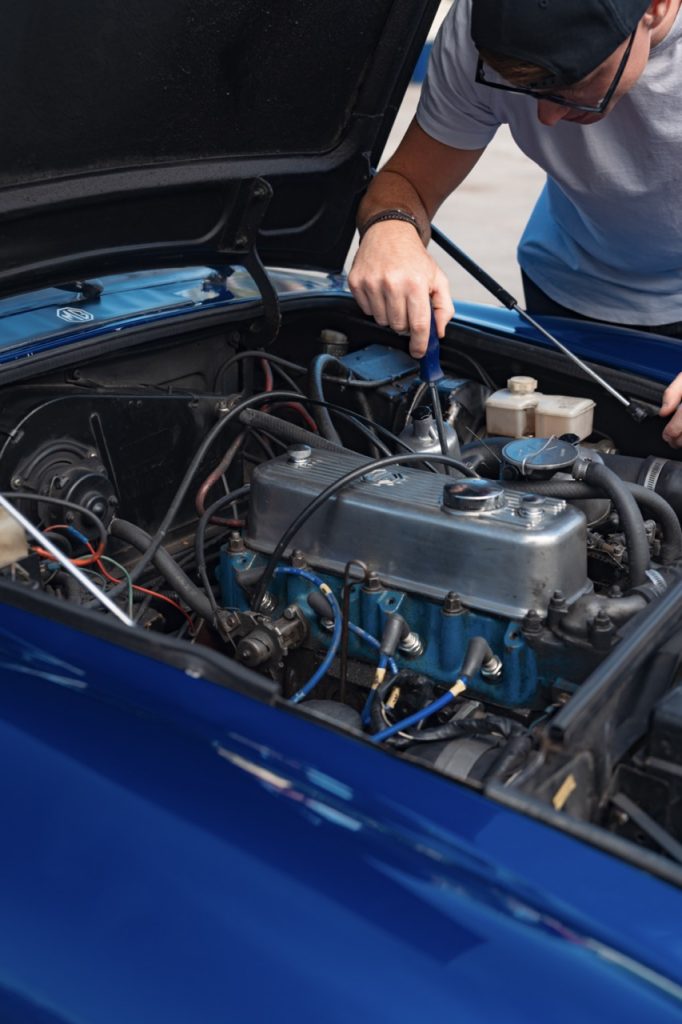
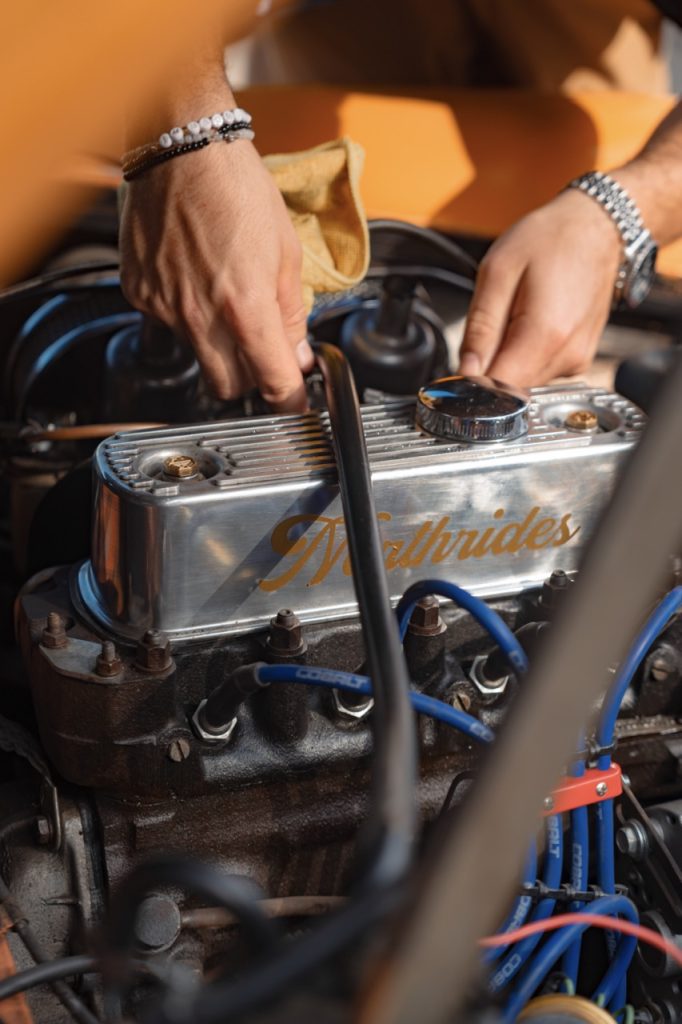
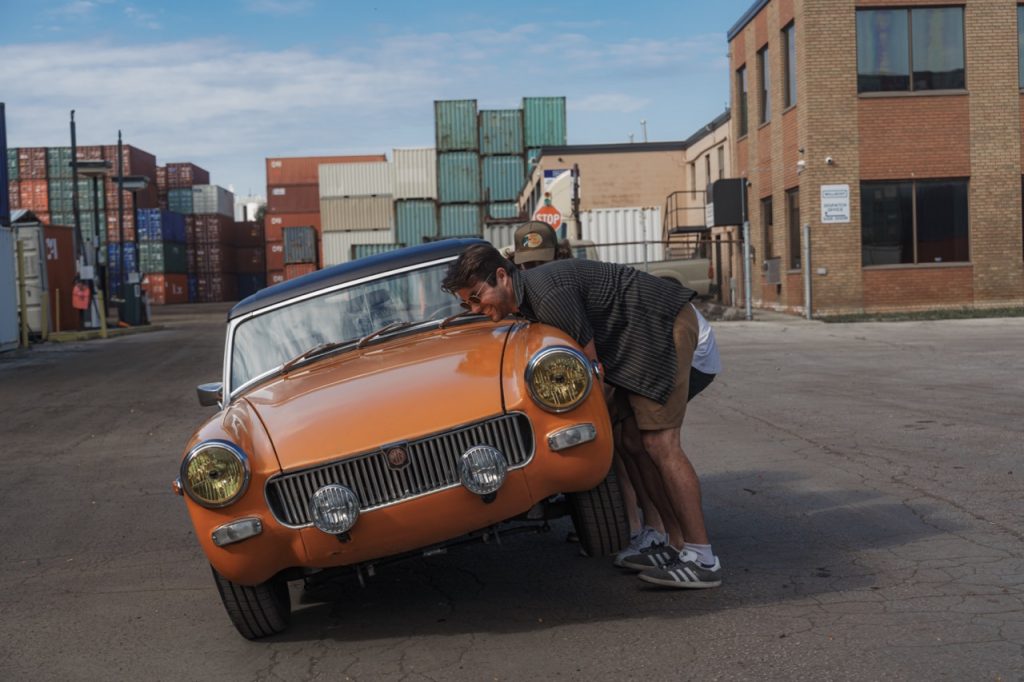
Even with fuel prices currently at obscene levels, I’m still not dissuaded from driving. My B averages 30 mpg on the highway, and I regularly exceed 6000 miles per year in it. Josh drives his Mini more than 2400 miles a year; Jason takes his Midget on frequent long journeys; Daniel’s MGA has been across California and back; and Colin is planning a thousand-mile trip to Road America with his Sprite.
And even with their wallet-friendly powertrains, these cars are far from slow and boring, which only furthers their timeless appeal. Although the MGB’s 95 horsepower doesn’t sound like a lot, a properly tuned B-series motor is a highly capable musical instrument with a uniquely throaty howl. Mild upgrades to any of these cars – lightened flywheels, headers, shaved and ported cylinder heads – go a long way toward maximizing performance. Ancient, dependable, and famously fickle twin SU carburetors allow for some of the best throttle response available.
Sure, modern cars offer infinitely more comfort, safety, and even speed than their vintage British counterparts, which never got the memo on noise, vibration, and harshness. But the overwhelming majority of new vehicles today are a beige appeal to the lowest common denominator, each crammed with a tacky assortment of gimmicks which are simultaneously everything and nothing. Amid the landscape of increasingly boring modern cars and increasingly expensive classics, Little British Cars are a gleaming beacon of hope for a truly attainable driving experience. For younger enthusiasts, they present a unique opportunity to get the thrill of a sports car, the charm of a classic, and the price tag of a clapped-out Hyundai. And, as always, you won’t lack for attention: My 47-year-old MG gets looks everywhere I drive. Smiles and happy memories shared from silver-haired gentlemen recalling their youth. Waves from little kids on their bikes telling me to floor it (I usually already am).
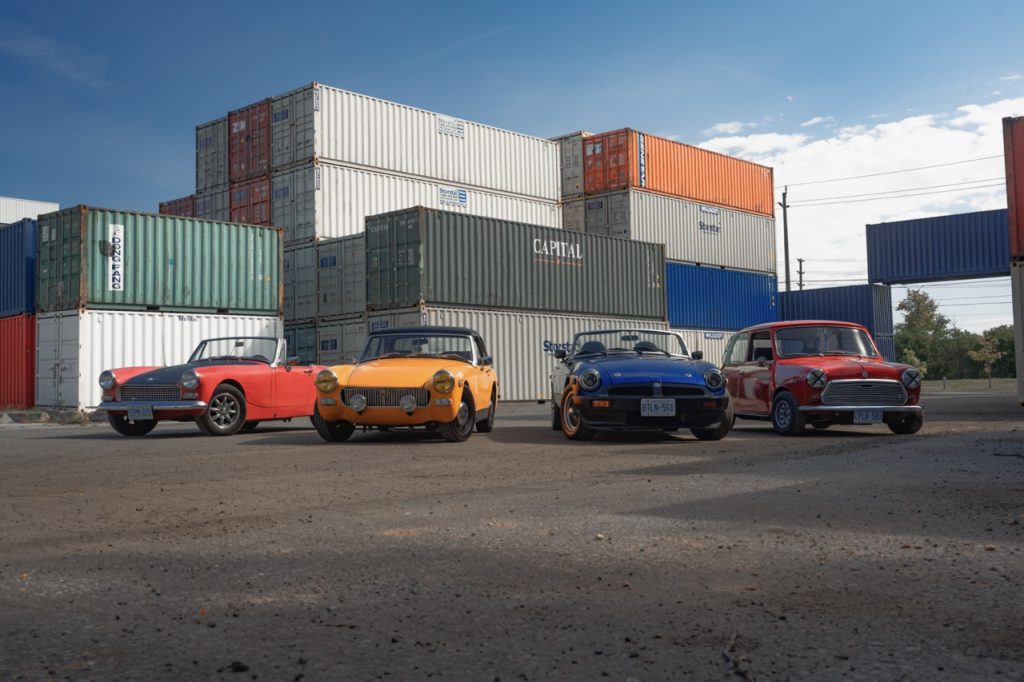
“Still One Jump Ahead” read British Leyland’s MG advertisements throughout the 1970s. By the end of the decade, most new British cars were absolutely showing their age; they were outdated and outpaced by the competition, which increasingly came from Japan. Nevertheless, what made these British cars so popular in the past is what will allow them to prosper in the future. Affordability, simplicity, and fun have always been a recipe for success. Among the noise (and, increasingly, the EV hush) of today’s automotive landscape, cheerful LBCs will continue to attract the latest generation of enthusiasts eager to experience the analog freedom of the golden age of motoring. The Little British Car, it would seem, is still one jump ahead.













Lovely article which I enjoyed reading, whilst being British I totally understand the gist of the story.Old British cars have somehow survived because they are reasonable to run, fun to drive and parts are available. Long may this continue. In our car stable we are lucky enough to own a 1955 TR2 which drove 5,500 miles in five weeks during the summer to Scilly and back, a 1965 MK 1 Mini Cooper and my son Matthew owns a 1996 Rover Mini. All good fun and very different to my reliable and larger Mercedes and Porsche Classic Cars. All special for very different reasons. Great to see a band of youngsters in North America with a love for these old LBC’s
What a refreshing article! My first car was a 1959 mini, was actually my mums, but I sort of inherited it. Since then, I’ve had three MGB’s (two of which I still have), at least eight midgets, two frog eye/bug eye sprites, one of which I still have and am rebuilding as a Sebring replica, and they are all exactly as Clayton describes.
They aren’t always reliable, they aren’t always comfortable, and they aren’t particularly economical, but they are always characterful, and fun. I wouldn’t be without them. And you are never short of people, fellow owner-sufferers, for a bit of mutual sympathy and self-justification!
As they say in the ancient British sports car world… If you can’t fix it with a hammer, you’ve got an electrical problem…
How interesting that there are groups of young enthusiastic men in the States enjoying driving and maintaining LBCs. Having had a love affair with my Blaze Red ’72 B for 27 years I reluctantly sold her due to my business limiting the time I hade to drive and maintain her. I have previously toured both Italy and France trouble free in her.
In all the time I owed her, the only work I needed to do, apart from servicing, was to replaced a clutch and one rear wheel bearing.
The guy who bought her from me is a true MG enthusiast, he takes her to many classic shows and tours Europe regularly. Unfortunately he has, with his enthusiasm, “tarted” her up by adding a few unoriginal bits but I know she is being well looked after.
As for me now, no more laying on concrete floors, changing oil, plugs, etc. I’m missing a classic, vintage, and having to drive a A.M. Vantage. Well at least It’s British.
Mike Whitehead.